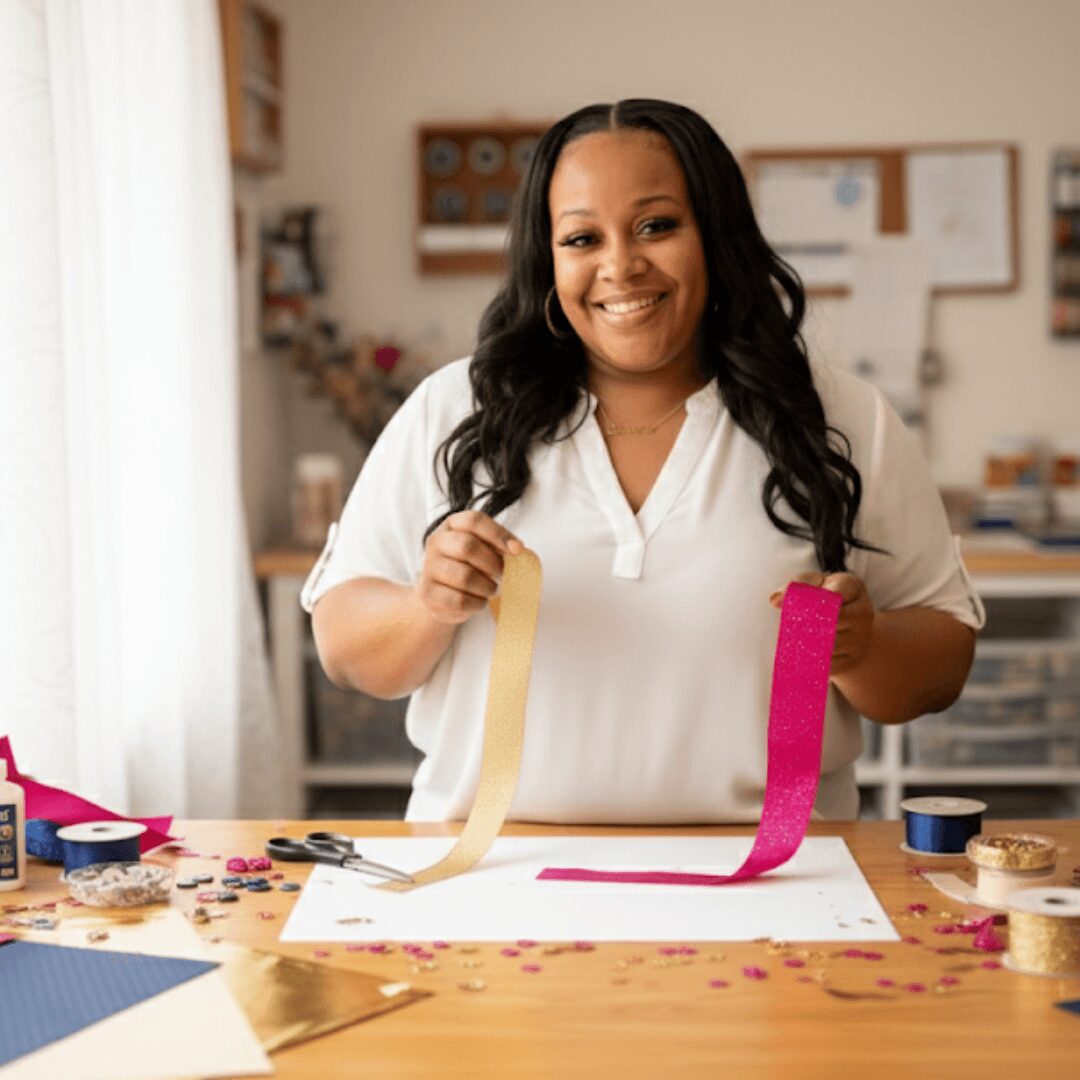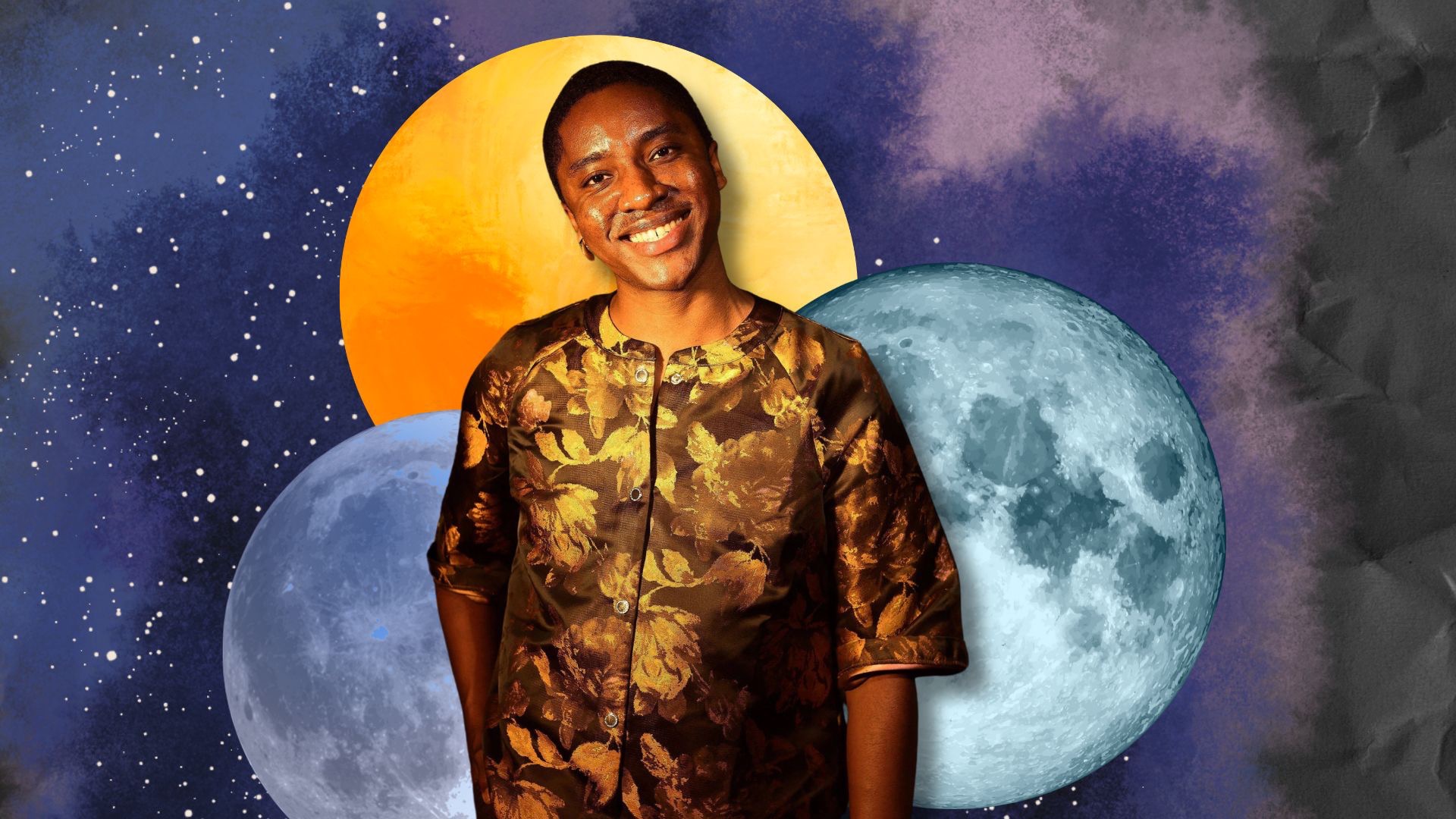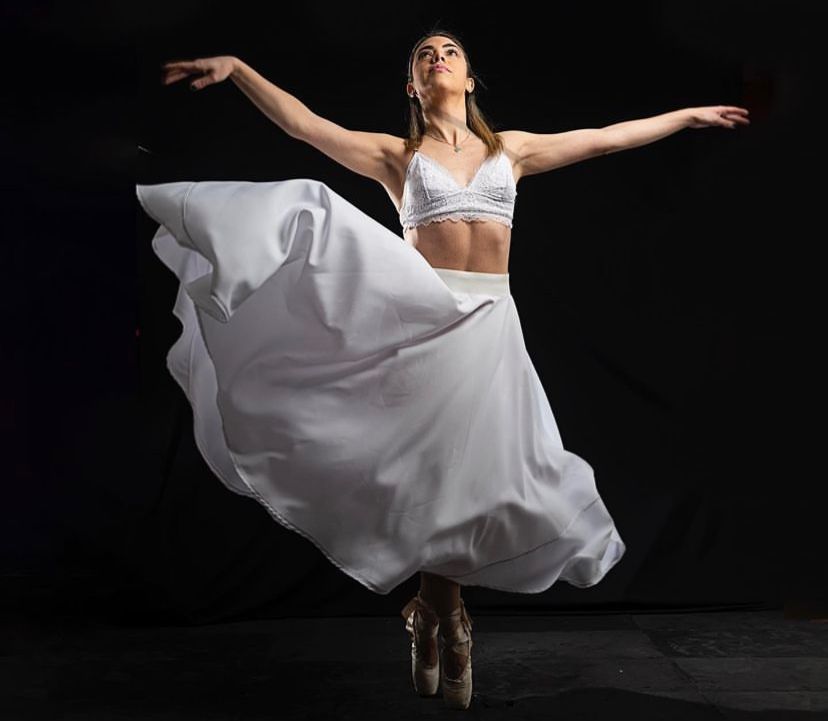We caught up with the brilliant and insightful Bala Govind Kumar Ganesan a few weeks ago and have shared our conversation below.
BALA GOVIND KUMAR, so good to have you with us today. We’ve got so much planned, so let’s jump right into it. We live in such a diverse world, and in many ways the world is getting better and more understanding but it’s far from perfect. There are so many times where folks find themselves in rooms or situations where they are the only ones that look like them – that might mean being the only woman of color in the room or the only person who grew up in a certain environment etc. Can you talk to us about how you’ve managed to thrive even in situations where you were the only one in the room?
“The person who follows the crowd will usually go no further than the crowd. The person who walks alone is likely to find himself in places no one has ever been before.” – Albert Einstein
When we set out to create a new path, we often must do it alone. Pioneering something that hasn’t been done before requires solitude, but once the path is established, others will follow and join you. Throughout my journey, I’ve always aimed to write a story that is uniquely mine. I’ve embraced the challenge of doing things differently, knowing it might mean walking alone. My way of thinking and my interests have always been distinct, and I realized early on that it’s not necessary for others to believe in or follow my path.
This understanding led me to choose architecture as my bachelor’s degree, becoming one of the first architects from my village. Afterward, I decided to enter the film industry as an assistant art director, again becoming the first from my village and surroundings to work in the film industry’s art department. Later, after gaining experience in the Indian film industry, I pursued a production design program at the American Film Institute, becoming the first from my state and language to undertake this master’s program.
When you realize how important it is to make this journey successful—not just for yourself, but for those who will follow—you are driven to work harder. Understanding the value of your voice on the global stage motivates you to make every effort impactful and successful. I speak Tamil, the oldest language in the world, and it took many years for someone from my linguistic background to pursue production design in the United States. This opportunity inspires me to make a lasting impact and ensure that my journey is both effective and successful.

Thanks, so before we move on maybe you can share a bit more about yourself?
Hi, I’m Bala, a production designer from Tamil Nadu, India, currently based in Los Angeles. My journey into production design began during my bachelor’s degree, which was the first time I truly understood what this field entailed. In a country like India, cinema is more than just entertainment—it’s a celebration, a way of life, an inspiration, and a form of freedom. Like many, I grew up watching films, always wanting to be a part of that world. I was searching for the right fit, and with my background in architecture and my artistic skills, I realized that production design was my true calling.
Production design in film is the art of crafting the visual look and atmosphere of a movie. It includes everything you see on screen—sets, locations, props, costumes, and overall style. As a production designer, I lead this creative process, working closely with the director and other departments to visually interpret the script, setting the tone, mood, and period of the film.
India is a society deeply rooted in verbal traditions, with much of its history documented in literature rather than visually. I’ve always wanted to change that by telling stories through visuals, and I’m excited to be a visual storyteller. It feels special to come from the land of the oldest language, Tamil, and to contribute to cinema in this way.
My journey in visual storytelling didn’t begin recently. For over 20 years, I’ve been creating traditional art, each piece carrying its own true event or backstory from my origins. To learn more about my work, check out my Instagram @artist_be_ba_ or visit my website at www.balagovindkumar.com.

If you had to pick three qualities that are most important to develop, which three would you say matter most?
Empathy, kindness, and being in the moment are three essential qualities every artist should cultivate.
Empathy is crucial for artists because it enables us to connect deeply with the human experience. Without empathy, it’s challenging to relate to or interpret events and emotions through art. To enhance empathy, immerse yourself in stories and novels; understanding people and their experiences is vital. As Vincent Van Gogh said, “There is nothing more truly artistic than to love people.”
Kindness is another key quality that fosters closeness with people and all living beings. For instance, as a portrait photographer, capturing someone’s true emotion requires them to invite you into their world. Kindness facilitates this connection and makes the artistic process more profound.
Being in the moment is fundamental to art itself. Art is about experiencing and expressing the present; everything else is interpretation. Embracing the present moment allows you to create art that is both genuine and impactful.
One area of knowledge that profoundly impacted my life is exploring my roots and understanding history. Knowing your origin equips you to stand for truth and make meaningful art. It helps you navigate conflicts with integrity and create work that resonates with authenticity. As artists and storytellers, it’s crucial to understand where we stand and use our knowledge to produce art that speaks truthfully and powerfully.

Thanks so much for sharing all these insights with us today. Before we go, is there a book that’s played in important role in your development?
“Annihilation of Caste” by B.R. Ambedkar was a pivotal book in my life, profoundly influencing my personal development. As a child, I witnessed numerous caste-related conflicts and questioned why inequality persisted in India. My search for answers led me to this book, which provides a comprehensive analysis of the Indian caste system and the mythology underpinning these hierarchies. This understanding was a significant factor in my decision to become an artist—to tell stories and address these issues.
Initially, my focus as an artist was on the aesthetic beauty of art. Over time, I realized that storytelling and expression are even more crucial. The most valuable lessons I’ve learned from this book are to educate, agitate, and organize. These principles have guided me in creating art that not only captivates but also inspires and drives change.
Contact Info:
- Website: https://www.balagovindkumar.com
- Instagram: https://www.instagram.com/artist_be_ba_/
- Linkedin: https://www.linkedin.com/in/bala-govind-kumar-9b69a6216/?utm_source=share&utm_campaign=share_via&utm_content=profile&utm_medium=ios_app



Image Credits
IMAGE 2: WITH CINEMATOGRAPHER Bruce (Puyu) Wang
IMAGE 4: WITH CINEMATOGRAPHER Timothy Shin
IMAGE 6: WITH DIRECTOR Karim El Alfy and PRODUCER Sarah El Shazly
so if you or someone you know deserves recognition please let us know here.




